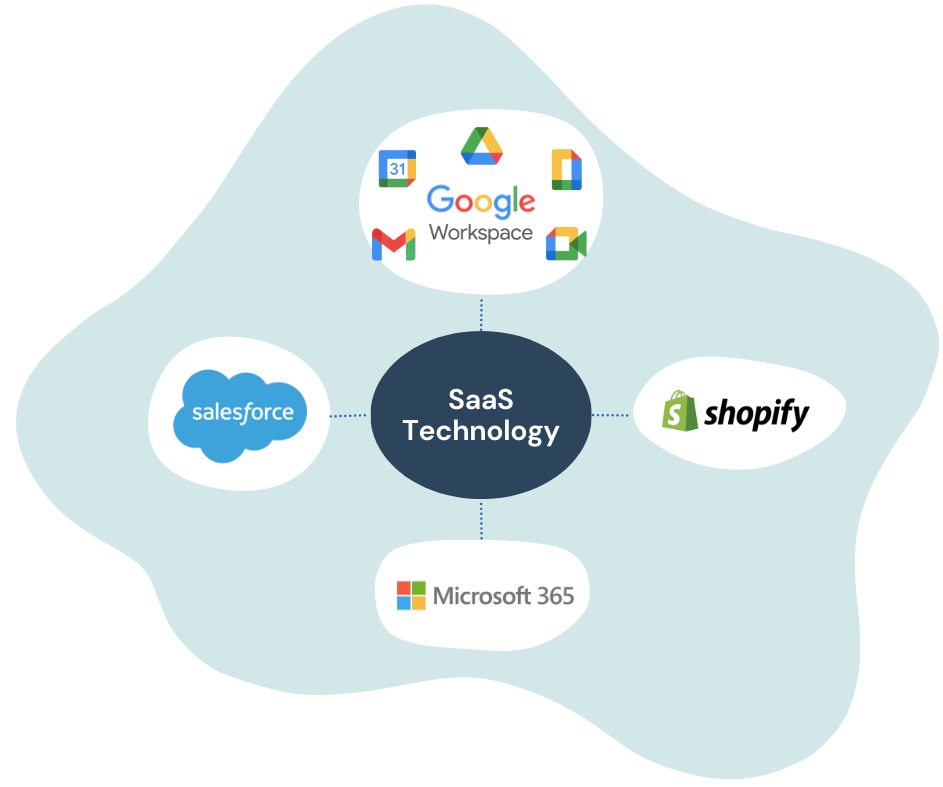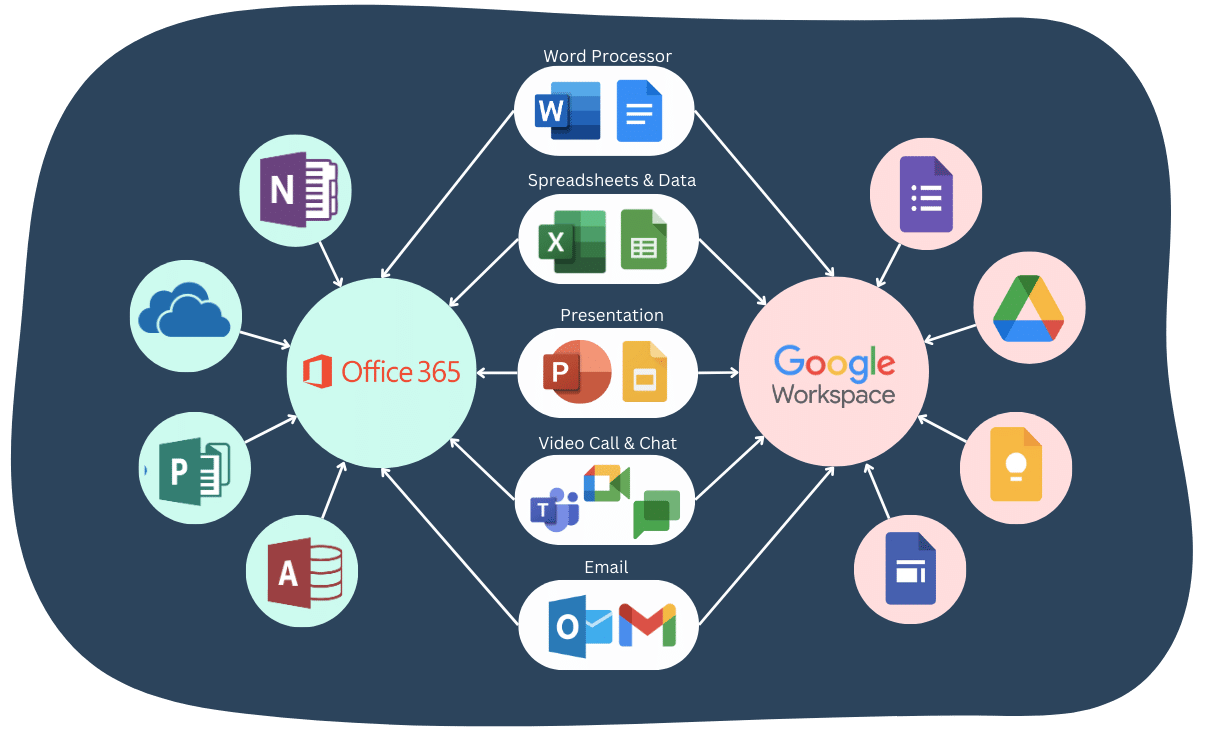In today’s competitive market, finding a lucrative niche for Software as a Service (SaaS) can make all the difference for your startup or business. By focusing on specialized needs within industries, you can create solutions that stand out and cater to specific audiences. In this post, we’ll explore how to find good niche SaaS ideas, along with some key considerations about SaaS distribution and reseller models to help you shape your product strategy.

The first step in finding a good niche SaaS idea is to identify problems in specific industries that lack efficient software solutions. Dive deep into industries like healthcare, retail, or education, and pinpoint inefficiencies where a custom SaaS solution could thrive. Engage in market research, surveys, and discussions to understand the most pressing issues businesses face, and evaluate whether there’s a technological solution that can address them effectively.
Niche markets often have limited competition, providing SaaS businesses with a great opportunity to dominate a specific segment. Target industries or user groups that larger software companies tend to overlook. Consider SaaS ideas tailored to local businesses, specific professions (such as law firms or marketing agencies), or unique operational challenges.
Understanding current SaaS trends can help spark ideas for your niche SaaS product. Trends like automation, AI, and remote team collaboration are all popular areas where niche products can emerge. Moreover, industries increasingly need solutions for workflow management, cybersecurity, and customer experience, making these hot zones for SaaS innovation.

Understanding how SaaS software is distributed is essential when planning your niche product. Most SaaS products are delivered through the cloud, with users accessing the software via a subscription-based model. Explore various distribution channels, including SaaS marketplaces, direct sales, and partnerships with system integrators, to maximize your market reach. You can also use referral programs and affiliate marketing to extend your software’s distribution.
If you’re looking to sell SaaS software, understanding reseller models is crucial. There are three main types of SaaS resellers:
Choosing the right reseller model can help you expand your customer base and bring in revenue through partnerships.
Yes, there are vendor portals specifically designed for SaaS solutions. Vendor portals, such as AWS Marketplace, Microsoft AppSource, and Google Cloud Marketplace, allow SaaS businesses to distribute their products to a larger audience. These platforms enable businesses to find, purchase, and implement SaaS tools easily, making them an essential distribution channel for many SaaS companies. Explore these portals to see how you can leverage them to promote and sell your niche SaaS idea.
Finding a niche SaaS idea requires identifying gaps in the market, understanding your target audience, and leveraging modern SaaS distribution models. By focusing on specific needs and optimizing distribution through reseller channels and vendor portals, you can turn your SaaS idea into a profitable venture. Be sure to stay up-to-date with industry trends and customer needs to maintain a competitive edge in the ever-evolving SaaS landscape.
